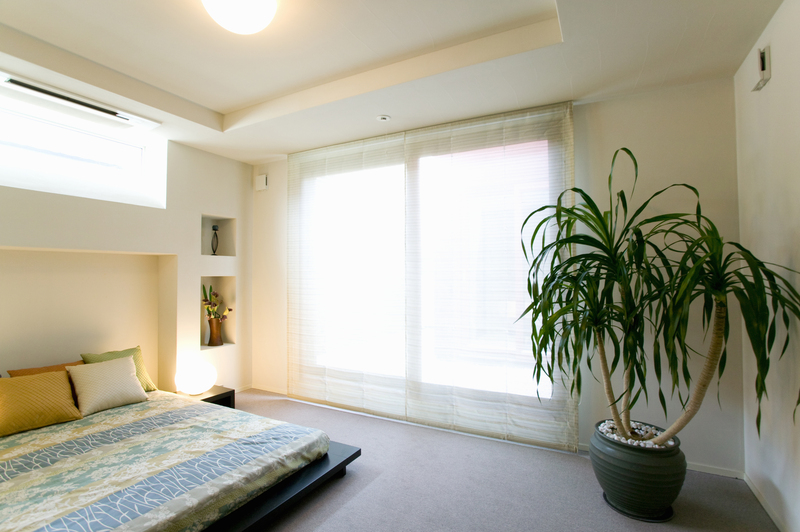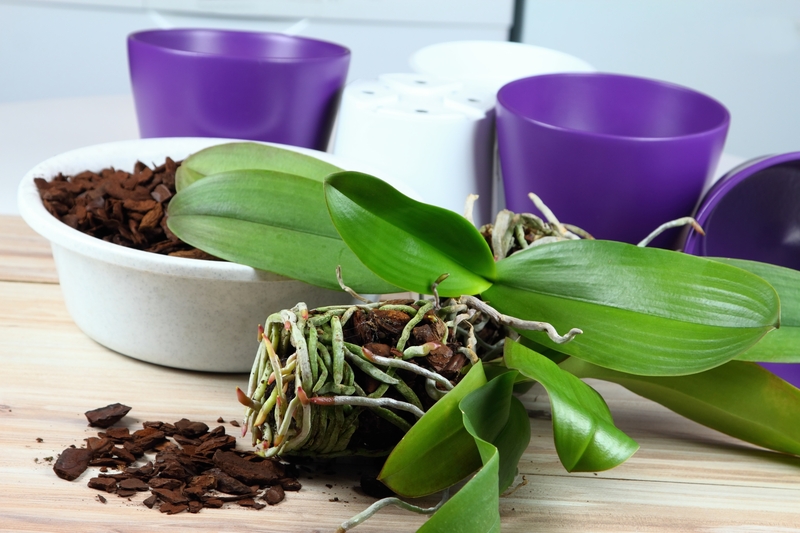Unveiling the Truth about Cottage Garden Wildlife
Posted on 15/05/2024
Nestled in the picturesque countryside, cottage gardens are a charming and popular choice for many garden owners. With their quaint and romantic appeal, these gardens are not only aesthetically pleasing but also provide a haven for various forms of wildlife. From colorful butterflies fluttering around to birds chirping in the trees, cottage gardens are alive with vibrant creatures that add to its natural beauty. However, there is more than meets the eye when it comes to the relationship between cottage gardens and wildlife. In this article, we will delve deeper into this topic and uncover the truth about cottage garden wildlife.
The Perfect Habitat for Wildlife
Cottage gardens are designed to mimic natural and wild landscapes, making them an ideal habitat for a diverse range of animals. The combination of flowering plants, herbs, shrubs, and trees creates a harmonious ecosystem that attracts different species. The layers of plants provide shelter, food, and nesting places for birds, insects, and small mammals. The presence of water features such as ponds or birdbaths can also attract amphibians and reptiles. Unlike manicured lawns or heavily landscaped gardens, cottage gardens allow wildlife to thrive without human interference.

Attracting Pollinators
One of the main benefits of having a cottage garden is its ability to attract pollinators. These include bees, butterflies, wasps, and other insects that play a crucial role in plant reproduction by transferring pollen from one flower to another. The colorful flowers in a cottage garden produce nectar that is a vital food source for these pollinators. As they visit each flower in search of nectar, they contribute to the growth and diversity of the garden by pollinating different plants.
Conserving Endangered Species
With the increasing threat of habitat loss, cottage gardens serve as small oases for endangered species of plants and animals. By incorporating native plants in a cottage garden, which are adapted to the local environment, you can help preserve these species. Furthermore, providing a safe and natural environment for them to thrive in is crucial for their survival. As more and more natural habitats disappear, cottage gardens can act as sanctuaries for these endangered species.
The Downside of Cottage Garden Wildlife
While cottage gardens provide a nurturing environment for wildlife, there are also some downsides to consider. Some of the plants used in a typical cottage garden can be invasive and detrimental to the local ecosystem. For example, non-native plants like Japanese knotweed or Himalayan balsam can outcompete native plants and disrupt the balance of the ecosystem. Additionally, pests and diseases can spread quickly in a densely planted cottage garden, which may require careful management and monitoring.
Tips for Creating a Wildlife-Friendly Cottage Garden
- Incorporate a variety of plants including native species to attract diverse wildlife.
- Avoid using pesticides or herbicides that can harm beneficial insects.
- Create different layers of vegetation for shelter, food, and nesting places.
- Include water features such as birdbaths or ponds to attract amphibians and birds.
- Plant flowers with different blooming periods to provide food all year round.

The Takeaway
Cottage gardens are not only beautiful but also play an essential role in conserving wildlife. Through their design and plant selection, they provide habitat and resources for a wide range of creatures, including pollinators and endangered species. However, it is necessary to strike a balance between letting nature take its course and maintaining control over potential invasions of non-native species. By following the tips mentioned above, you can create a thriving wildlife-friendly cottage garden that benefits both nature and your senses.
In Conclusion
In conclusion, cottage gardens are not just stunning displays of floral beauty, but they are also sanctuaries for various forms of wildlife. By understanding the importance of these gardens in supporting biodiversity, we can appreciate and preserve them better. When creating a cottage garden, it is crucial to strike a balance between aesthetics and sustainability. With careful planning and maintenance, you can create a haven for wildlife while enjoying the charm and allure of a cottage garden.




